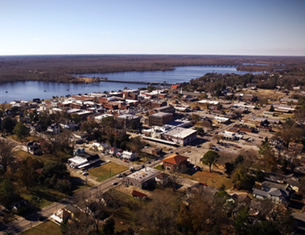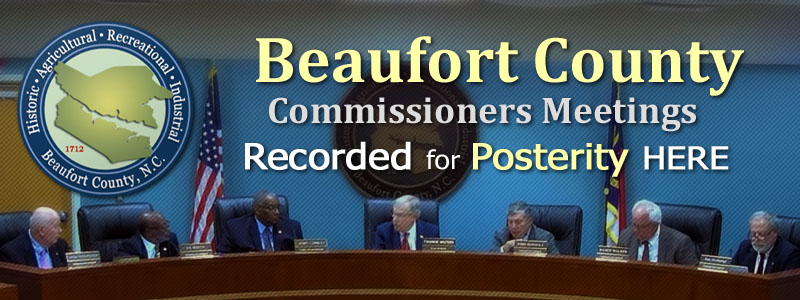Publisher's note: The article below appeared in John Hood's daily column in his publication, the Carolina Journal, which, because of Author / Publisher Hood, is inextricably linked to the John Locke Foundation.
RALEIGH Just when you thought it was safe to get back in the political water, here comes the Occupy shark, back on the prowl with its ravenous ...
Oh, phooey. I can't make the joke work. There has never been anything remotely scary about the Occupy movement. It's a slapstick comedy, not a thriller or an action flick.
It is true that the
Occupiers have returned to the news headlines a couple of times in recent days. For example, the Occupy Asheville folks turned up on
April Fool's Day to protest and spend the night in a city park. All of a dozen people showed up, and they commemorated the event as "Free Peach Day" and handed out canned fruit to passersby - a tactic I would commend as adding a good bit of levity to a serious protest, except that the protest wasn't particularly serious to begin with.
As much as it drives liberal acquaintances of mine to distraction when I say this, the blunt fact of the matter is that the Tea Party movement has succeeded in changing the course of modern politics in a way that the Occupy movement never had a chance of replicating.
If you prefer the Tea Party's critique of excessive government over the Occupiers' critique of excessive capitalism, then you might attribute the former's effectiveness as a movement to the superiority of its ideas. But that actually lets the Occupy movement off too easily. In fact, there is a potential constituency for anti-corporate demagoguery and social-justice agitation. It could have been
effectively mobilized as a political force. Here are three reasons why the Occupiers failed to do it:
ē Bad branding. The use of the term "Occupy" to describe
political action originated in the
anarcho-socialist movement as a way of questioning basic concepts of public and private property. In the same sense that some believe possession is nine-tenths of the law, anarchists contend that if "the people" physically occupy a space, they can decide what to do with it, regardless of the contractual background or legal niceties. Quite explicitly, to occupy is first to invade. Few Americans were ever going to embrace a movement that by its very name rejected
the legitimacy of politics based on persuasion, the right of owners to control access to private property, and
the right of citizens to enjoy equal access to public property.
ē Bad tactics. The Tea Party movement staged rallies and protests. They formed local organizations that held regular meetings to discuss policy issues and political strategy. They set up websites and social-media networks. They traveled to other communities to compare notes with like-minded activists. In short, they used standard political tactics and accomplished quite a lot with those tactics in a relatively short period.
The Occupy movement, however, didn't follow suit. Instead of just staging rallies and then going home, some encamped. While initially interesting to politicians, the media, and the general public, these camps were destined to become less interesting over time, as well as less presentable. Protests need breaks, and media narratives follow cycles. "Fifty protesters set up camp in front of city hall" may be an interesting story. "Twenty-five protesters still living in tent village" is less interesting. "Twelve people insist their month-old camp isn't full of lice" is either not interesting at all or a message harmful to your cause.
ē Bad optics. Liberals may think it was silly for Tea Party activists to show up at rallies in Revolutionary War getups and the like, but we Americans like our history. We like politicians and political activists who express their views on current topics in ways that honor our storied political history. Video of
Gasden flags, tricorn hats, and kids singing the national anthem in front of cheering crowds qualify as good optics for a political movement.
On the other hand, video of obscene signs and gestures, squalid encampments, and crowds of leftists exchanging anarchist hand gestures do not qualify as good optics for a political movement.
At this point, it would be better for the Left if the Occupy fiasco faded out of the popular memory. For the rest of us, however, it has yet to exhaust its entertainment value.


























